I love long-form content.
Want proof? Take a look at this.
That article is just a sample of an article I recently wrote. It’s over 4k words.
Sometimes, I write articles that are 10k words. I’ve even written super long guides that are over 20k words!
Why?
As I’ve learned from years of blogging, long-form content is one of the best methods of making your site stand out from everyone else’s.
Of course, your content can’t just be long. It also has to be deep.
If you can nail it, you’ll drive a ton of traffic and gain thousands of followers.
A lot of people think the formula is simple.
Step 1: Write a really long article.
Step 2: Get thousands of followers.
But here’s the thing. A long-form blog post isn’t enough on its own.
Yes, the formula is simple, but it doesn’t work automatically just because you have a long article.
I’ve seen lots of people write super long, in-depth articles, but they’re not getting the kind of traffic they want.
That’s because they’re not thinking about some of the fundamental elements of SEO — things that your long-form blog post needs.
If you have detailed long-form content, that’s awesome. But you need to doctor it up with SEO in mind if you want the content to be effective.
Trust me, I know this can be difficult. You’re already putting a lot of effort into the content, and it’s hard to remember all of the SEO involved.
So I compiled this list to help you out. These are 27 SEO must-haves for every long-form article.
They’ll help your content rank better, get more visibility, and drive traffic to your site.
Best of all, these steps aren’t hard to use at all. Even if you don’t know anything about SEO, you can use every single one of these tips.
Open your latest blog post, grab a coffee, and get ready to transform your content.
Learn how I used SEO to generate 100,000 visitors a month.
1. Keyword research
Take the time to find the best focus keyword for your post. Make sure it’s specific to your topic, and consider going for a lower competition keyword.
Google Keyword Planner and SEMrush are both great for this. Here’s how you can use Keyword Planner to its fullest.
2. Use long-tail keywords
Everyone knows that an article should include a focus keyword.
But not enough sites are using long-tail keywords.
Long-tail keywords are––you guessed it––long keywords that get super specific. They’re often easier to rank for, and they bring you targeted traffic.
Here’s an example from HubSpot:
Having trouble finding the right long-tail keywords? Try using Google’s “searches related to” section.
3. Create the perfect h1 tag
In most cases, your title (or h1) tag is going to be the first thing someone sees when they start reading your blog post.
For blog posts, the h1 is the title of your blog post.
The right h1 tag can make one heck of a difference.
Don’t believe me? When I changed the h1 of one of my articles, I got 85% more organic traffic in just 3 days.
Now I know what you’re thinking. If the h1 tag is just the title of the post, then isn’t writing the actual title more important?
That’s a pretty common thought. But focusing on the h1 tag is actually more important.
That’s because your h1 tag will help search engines identify and index your content better, which will help human users find your content easily.
Your h1 tag should have the following:
- Include a long-tail keyword
- Be short (20-70 characters)
- Give the user a clear idea of what the article is about
Here’s an example:
If you want to make the best h1 for your content, here’s an article on how to do that.
4. Use helpful subheadings
Before I go any further, I need to say something.
Do not go keyword crazy with your subheadings!
If search engines see your focus keyword plastered in every spot available, they’ll classify it as keyword stuffing.
Instead, your subheadings should help readers navigate the content.
Use subheadings to break up your article into easy-to-understand chunks.
Look at this article from Convince and Convert:
That’s the h1. Now let’s look at the subheadings (usually h2 or h3):
See how these break up the article? You can get a good idea of the entire article just by reading the subheadings. (But you don’t get the whole picture.)
Brian Dean recommends including benefits in your subheadings. Here’s an example from Copyblogger:
To sum it up, make subheadings that help users move through the content, and make sure some subheadings include benefits.
5. Implement schema markup
Schema markup is a type of code that helps search engines analyze your content.
Specifically, it breaks down each part of your content and tells search engines what those parts mean.
For example, if you use schema markup on your title, search engines will know that’s your title.
There’s even a free tool you can use to easily add markup to your article.
First, go to Google’s Structured Data Markup Helper.
Since we’re marking up articles, choose the Articles option.
Copy and paste the URL of your blog post. (You can also use HTML instead.)
Click “Start Tagging.”
On the next page, you’ll see two panes like this:
The left pane is your article, and the right pane is the markup tool.
To mark something up, highlight it in the left pane and select the correct type of markup from the tool tip.
Once you’re done marking everything up, click “Create HTML” in the upper-right corner. Copy and paste this HTML and replace your original post source code with this.
NB: By default, this tool gives you microdata. If you want to use JSON-LD (which I recommend), click on the box that says “microdata” at the top of the right pane and choose the JSON-LD option.
6. Share your content with influencers to get backlinks
This is an awesome strategy that I’ve written about before.
If you can grab the attention of influencers, you’ll likely get a nice backlink from them, which will, in turn, drive a ton more traffic to your site.
The most important part is getting your pitch right. You can’t be too pushy, but you want to get your foot in the door.
Here’s a template you can use for this:
Source: Quicksprout.com
The goal is to get backlinks, whether that’s a share on social media networks or a link in a blog post.
But don’t come right out and ask for a backlink. If the influencer likes your content, he or she will give you the backlink you want.
7. Optimize your URL
Shorter and cleaner URLs provide a better user experience and help search engines too.
This is the kind of URL I’m talking about:
Compare that to this messier URL:
You also want to make sure your URL contains your keyword (focus or long-tail). Here are some other tips for URL structure.
8. Include outbound links
One of the simplest ways of enhancing your post’s SEO: outbound links.
Brian Dean recommends 2-4 outbound links for every 1,000 words:
If your topic is super in-depth, you can use even more links, but do so wisely. Don’t go crazy and include a link in every paragraph.
9. Include internal links
Internal links are just as important as outbound links. You might be surprised to hear it’s one of the most overlooked parts of on-page SEO.
Again, don’t overdo it. You should link to your own site much less than you link to other sites.
Aim for about 2-4 internal links in every post.
10. Use LSI keywords
Latent semantic indexing (LSI) is a fancy term, but it just refers to keywords that are similar to your focus keyword.
For example, if your focus keyword is “car stereo system,” some LSI keywords would be “car stereo speakers” and “best car audio speakers.”
Remember in point #1 when I mentioned Google’s “searches related to” section? Those keywords are often both long-tail and LSI.
But there’s an even easier way to find these: LSIGraph.com.
Enter your focus keyword, solve the Captcha, and you’ll see a list of LSI keywords:
11. Get the title tag right
Title tags are incredibly important. Why? They’re often the first thing someone will see if they find you on a search engine.
A title tag is simply the title of each result in the search engine results pages (SERPs).
Here’s what I’m talking about:
Even though this picture labels title tags as page titles, title tags will often be different from your actual page or blog post title.
You need to make sure your title tag describes a benefit and contain your focus keyword. Consult my article on this topic for more information.
12. Create an SEO-friendly meta description
Together with the title tag, the meta description helps your page stand out in the SERPs.
An optimized meta description should:
- Be short, about 135-160 characters
- Include the focus keyword
- Be clear and descriptive
- Stay truthful and convince the reader to check out the page
Here’s a fantastic meta description courtesy of HubSpot:
This tells you what the article is about in plain language. That’s exactly what your meta description should do.
13. Make it mobile friendly
Making a blog post mobile friendly isn’t just about using responsive design. That’s a good start, but it isn’t enough.
You also have to think about how your article itself will display on mobile.
First, make sure your content uses short sentences and paragraphs. (Aim for paragraphs of no more than 3-4 sentences.)
This will give your article the best readability on mobile:
Next, use media and white space to break up the article.
And don’t forget your h2 (or h3) subheadings.
Here’s a full list of what you can to make your content mobile-friendly.
14. Analyze your site speed
Here’s a statistic you need to know:
That means your site speed has to be pretty darn fast. If it’s not, you could lose some serious traffic.
Simplifying your design, reducing server response time, and enabling compression are all good methods of increasing your site speed. Here are 10 methods to get you started.
Once you’ve done the work, test your site speed. Here’s a speed test you can use for your desktop site, and here’s one for mobile.
15. Optimize body text for your keyword
Of course, you can’t forget to include your focus keyword in the body of your article. Don’t use it every chance you get, and be sure to mix in your long-tail and LSI keywords.
I usually use my focus keyword at the beginning and end of posts. I also typically use it in at least one h2 subheading.
16. Use your focus keyword early on
First, Brian Dean says your keyword should appear in the first 100-150 words. In my experience, this is absolutely necessary.
This will help Google crawl your content and understand that your focus keyword is important.
17. Think about keyword frequency
Keyword frequency is the number of times your keyword appears in your content.
There are several different opinions on keyword frequency. Rand Fishkin from Moz says you should use your keyword 2-3 times in a blog post. Other SEOs will think differently.
Source: Hermish.com
Here’s what I recommend: For long-form blog posts, use your keyword about 4-6 times. But also use your long-tail keywords and LSI keywords. You can use these every few paragraphs.
But if it seems weird, don’t force it. When in doubt, read it aloud and ask yourself if it seems natural.
18. Consider user intent
User intent is what makes keywords effective. If you know about the different kinds of user intent, you can better optimize your keywords for that intent.
There are three types of user intent.
If a user has navigational intent, he or she is trying to get to a certain site or page.
If a user has informational intent, he or she is looking for information.
If a user has transactional intent, he or she wants to buy something.
Here’s some more detailed information on those intent types:
Think about user intent when settling on your keywords (focus, long-tail, and LSI).
For example, if your focus keyword is “handbags” but you’re creating a product page, you could change it to “buy handbags” to bring in users who have transactional intent.
19. Include LSI keywords in your h2 subheadings
This is a simple way to enhance your SEO by making one small change.
Again, if it feels forced, don’t do it. Use your h2 subheadings to break up the content. If you can naturally use an LSI keyword, do it.
20. Make social buttons easy to find
Social shares = free links. Make the most of this opportunity by using extremely visible social sharing buttons.
I use buttons that follow the page as it moves:
21. Increase your chances of getting a featured snippet
The featured snippet is arguably one of the best places to be on page 1 of Google.
Featured snippets are those handy boxes that show you a preview of the content and often answer a question:
Getting a featured snippet of your own can be super helpful for your site. Here’s how you can increase the odds of getting one.
22. Don’t overuse anchor text
If you like using exact match anchor text, be careful. Google now looks out for this and will often penalize sites that overuse it.
23. Syndicate your content
Most people don’t syndicate their content because they’re worried about duplicate content.
Thankfully, you can safely syndicate content without getting penalized. Don’t syndicate every single post you publish, but syndicate posts that you feel would be of interest to certain audiences.
Medium and LinkedIn are two great places to go to for syndication.
24. Use title modifiers
Adding an extra word to your title can drive more traffic and give you an organic long-tail/LSI keyword at the same time.
Words like “best” or “easy” are often searched, so it makes sense to add them to your title.
Here’s a list to get you started:
25. Use different titles for your title tag and h1
Your title tag and h1 don’t have to be identical. Your focus keyword should be in both, but you can use a long-tail keyword or phrase match keyword for one or the other.
This is a great way to naturally rank better for long-tail keywords.
26. Make sure your content is actually long form
When I say long-form content, I’m talking about 2,000+ words. That’s an optimal length.
However, I regularly recommend writing posts with 3,000+ words.
Obviously, length alone doesn’t always guarantee great ranking, which brings me to the final point.
27. Make sure your content goes deep
Your content needs to be comprehensive. It can’t just address a ton of surface issues. Focus on a few important points and go into extreme detail.
A few months back, I worked with my researchers on a massive study of Google’s Hummingbird algorithm.
We performed a deep dive into 9.93 million words of content to figure out exactly what kind of content Google elevated in the search results.
The subjects for our study were four personal finance blogs.
We analyzed each site according to a variety of metrics.
The most important part of the study was how deeply each site treated a specific topic.
This analysis was reflected in the “topical depth coverage” number.
As it turned out, websites that had deep content ranked better, even though they may have had less robust link profiles.
Deep content had higher search results, even if the website lacked high authority or powerful backlinks!
That’s exactly the kind of content you should be writing.
And that’s exactly the kind of results you can expect — top-ranked results!
Conclusion
If you’ve been pushing out long-form content without the kind of results you want, I believe this checklist will help a lot.
Long-form content does work. But it works when coupled with solid SEO, as these 27 points show.
SEO doesn’t have to be a headache. I know there can be a lot to keep track of, and I hope this list helps.
Keep in mind that this isn’t a comprehensive list of everything you need to do to have great SEO. It’s simply a handy checklist to use when you’re writing and editing your blog posts.
Like I say all the time, SEO is a long-term strategy. Don’t expect super quick wins with SEO. (Those happen, but your focus should be on the long term.)
This list will get you started, but I also recommend looking more into optimizing your content for SEO.
After a few posts, you’ll be doing a lot of this stuff without even thinking about it, and you’ll see the results as your page gets better ranking and more traffic.
Which of these techniques are you going to use?

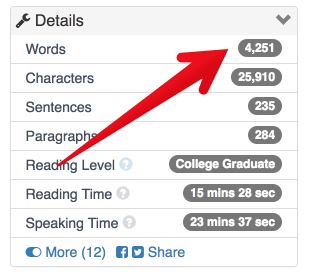











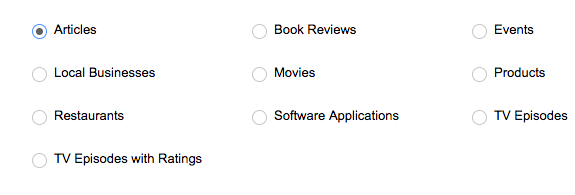


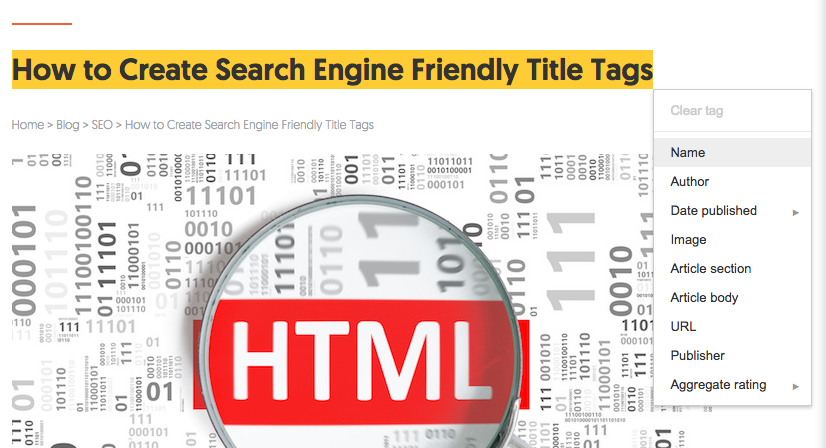
















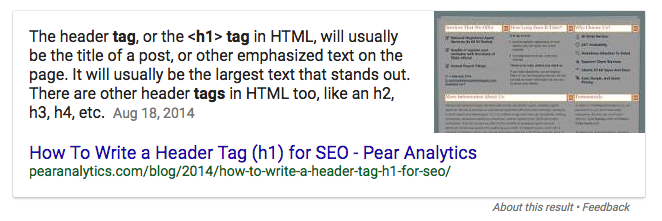
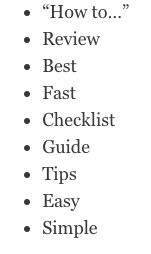
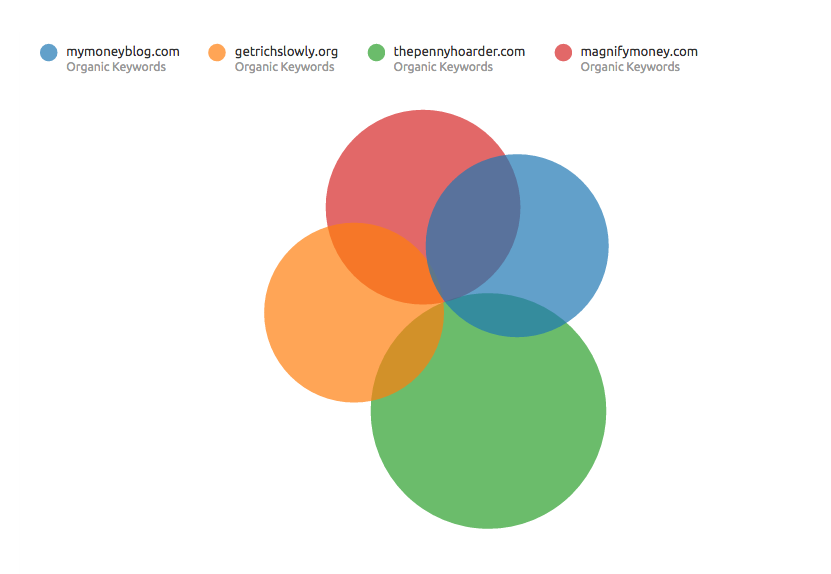


Comments (114)